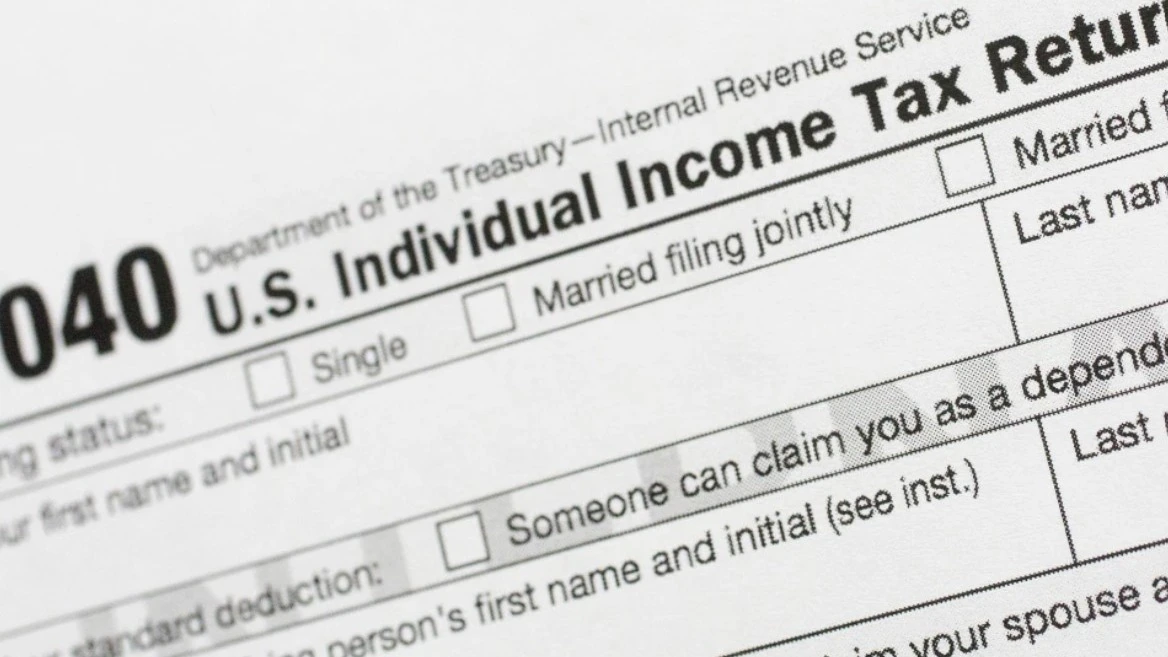The IRS has announced a new initiative to send out automatic payments to roughly one million taxpayers who missed claiming their Recovery Rebate Credit on their 2021 tax returns. This program aims to ensure that eligible individuals who did not receive their full stimulus payments during the COVID-19 pandemic can still get the money they’re owed.
These payments, totaling approximately $2.4 billion, are being sent automatically. If you qualify, there’s no need to take any action.
What Is the Recovery Rebate Credit?
The Recovery Rebate Credit was designed to help people who missed one or more of the stimulus payments issued during 2020 and 2021. If you didn’t get the full amount or didn’t receive any of the payments, you could claim this credit on your 2021 tax return.
However, many people either left this section blank on their tax forms or mistakenly entered $0. Now, the IRS is correcting this by sending out payments automatically.
Who Qualifies for the Payments?
To be eligible for these automatic payments:
- You must have filed a 2021 tax return.
- You didn’t claim the Recovery Rebate Credit, even though you were eligible.
The IRS has identified individuals through internal reviews to ensure that everyone who qualifies receives their payment. The maximum payment amount is $1,400 per person.
How Will Payments Be Sent?
Most payments are being sent directly to the bank account or mailing address listed on your 2023 tax return. If your bank account has changed or closed, the IRS will mail a check instead. Keep an eye out for a letter from the IRS notifying you about the payment.
What About Non-Filers?

If you haven’t filed your 2021 tax return yet, there’s still time! Non-filers and low-income individuals are encouraged to file before the April 15, 2025, deadline. This will allow you to claim any missed stimulus payments or other credits you might be eligible for.
Even if you don’t typically file taxes, submitting a return could unlock money you didn’t know you were entitled to receive.
Background on Stimulus Payments
During the pandemic, the government issued three rounds of stimulus payments:
- March 2020: Up to $1,200 per adult and $500 per child.
- December 2020: Up to $600 per individual and dependent.
- March 2021: Up to $1,400 per adult and dependent.
These payments were based on income and family size, but many people fell through the cracks. The Recovery Rebate Credit was created to ensure that anyone who missed out could still get the money.
Final Takeaway
The IRS’s automatic payment initiative ensures that no one is left behind when it comes to receiving pandemic relief funds. If you believe you might be eligible but haven’t filed a 2021 tax return yet, don’t delay. The deadline is still open, and filing could put money back into your pocket.
For more details, visit the IRS’s official website and check your mail for communication regarding your payment.


Comments are closed, but trackbacks and pingbacks are open.